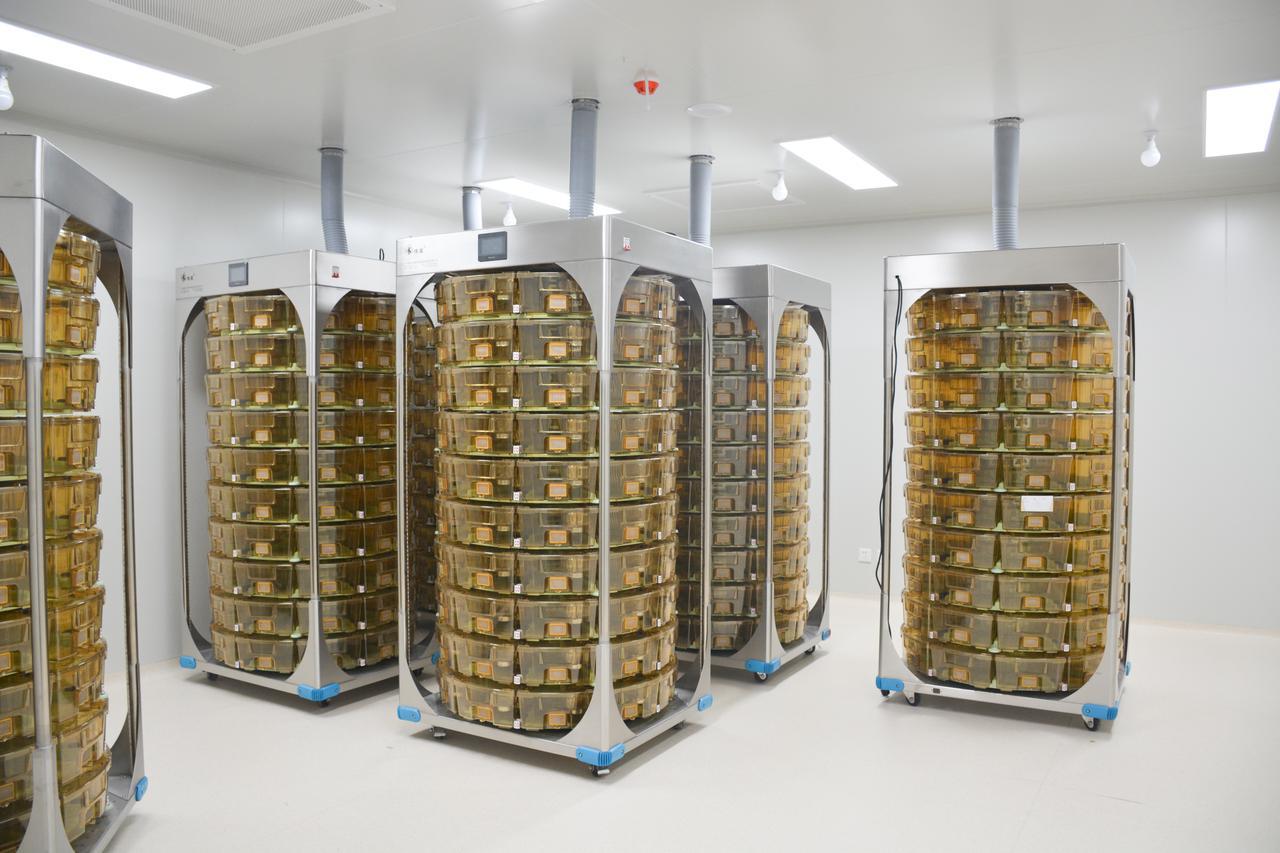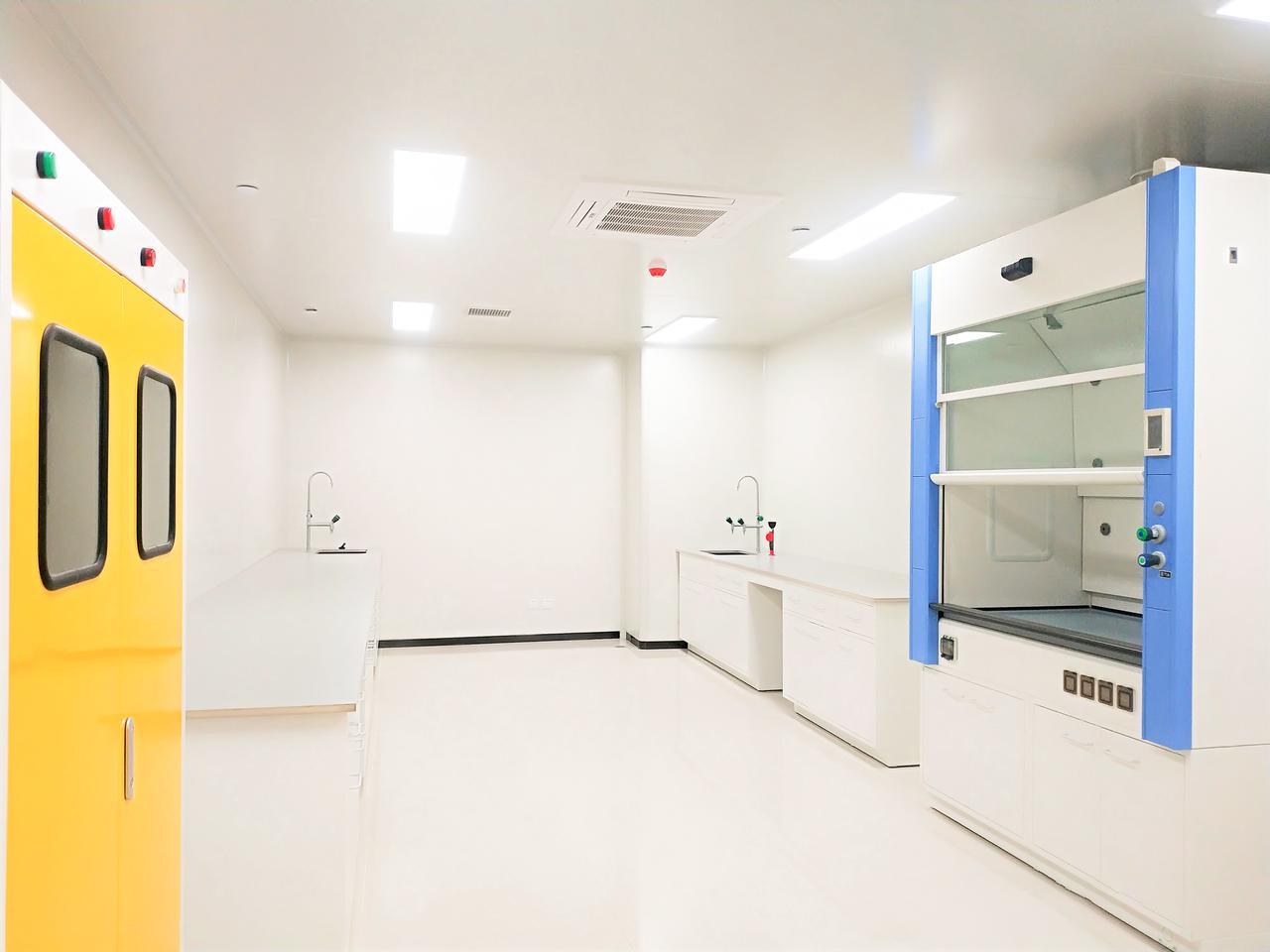A Comprehensive Analysis of Laboratory Animal Facility Construction: From Planning to Sustainable Operation
Release time:
2025-03-18 13:37
As a core support platform for biomedicine, toxicology, gene research, and other fields, the construction of laboratory animal facilities requires the coordination of multiple dimensional needs, including science, ethics, engineering, and management. This article details the full life cycle of animal facility construction, covering planning and site selection, design standards, construction techniques, environmental control, animal welfare, biosafety, intelligent operation, and sustainable development strategies. Combined with domestic and foreign regulations and cutting-edge technologies, it provides a systematic construction guide for scientific research institutions, enterprises, and design units.
△ Animal Laboratory
01
Top-level Planning of Animal Facility Construction
Balancing Scientificity and Compliance
1.1 Hard Requirements for Site Selection and Building Layout
The site selection of animal facilities should follow"Away from pollution, independently controllable"Principle:
Geographical location:Avoid pollution sources such as industrial zones, traffic arteries, and garbage disposal stations. The ambient air quality should comply with the "Ambient Air Quality Standard" (GB 3095-2012);
Building structure:Independent buildings are preferred. If it needs to share a building with other laboratories, an independent ventilation system and physical isolation layer should be set up to avoid cross-contamination;
Functional zoning:Divided by cleanliness levelBarrier area (SPF grade)、Clean area (ordinary grade)andExperimental operation areaEach area is connected by a buffer area to form a unidirectional flow of animals and people.
1.2 Design Standards and Regulatory Framework
National standards:Strictly implement the "Experimental Animal Environment and Facilities" (GB 14925-2020), clarifying parameters such as temperature and humidity, air changes, and pressure gradients;
International certification:AAALAC (International Association for Assessment and Accreditation of Laboratory Animal Care) certification requirements set higher standards for animal welfare, personnel training, and contingency plans;
Ethical review:Approval from the Institutional Animal Care and Use Committee is required to ensure that the facility design meets the "3R principle" (Replacement, Reduction, Refinement).
1.3 Special Considerations in Animal Facility Design
Species-specific design:Rodent animal facilities need to be equipped with IVC (Independent Ventilation Cage) systems, and large animal facilities such as dogs and monkeys need to increase activity space and environmental enrichment facilities;
Emergency redundancy design:Dual power supply, backup air conditioning units, emergency exhaust systems, etc., ensure the stability of the animal's living environment in case of power failure or equipment malfunction.

△ Animal Laboratory
02
Construction Phase
Fine-grained Implementation from Materials to Systems
2.1 Material Selection and Construction Processes
Walls and ceilings:Use 50mm thick magnesium oxide rock wool sandwich color steel plates, antibacterial coating treatment, and fill the seams with sealant to prevent microbial growth;
Floor:Epoxy self-leveling floor (2-3mm thickness), acid and alkali resistant, impact resistant, slope design inclined towards floor drain (0.5%-1%), easy to clean and drain;
Doors and windows:Airtight doors are equipped with electronic locks and viewing windows, and pass-through windows are equipped with double-door interlocks and ultraviolet disinfection functions.
2.2 Core Technologies of Environmental Control Systems
Ventilation and air purification:Three-stage filtration system: primary filter (G4 grade) intercepts large particles, medium filter (F8 grade) filters PM2.5, and high-efficiency filter (H13 grade) ensures cleanliness;
Pressure control:Adjust the supply and exhaust air volume through variable frequency fans, maintaining +15Pa positive pressure in the clean area relative to the corridor, and -10Pa negative pressure in the contaminated area;
Airflow organization:Adopt top-supply side-return or vertical laminar flow mode to ensure dead-angle-free ventilation (ventilation frequency ≥15 times/hour).
Temperature, humidity, and light control:Constant temperature and humidity unit (accuracy ±1℃, ±5%RH), independent regional control;
LED light source simulates natural light cycle, rodent animal rooms usually set 12 hours of light and dark alternation, light intensity ≤200lux.
2.3 Biosafety Protection Engineering
Wastewater treatment:Animal excreta and cleaning wastewater are sterilized at high temperature or chemically disinfected before being connected to a dedicated wastewater treatment system;
Exhaust gas treatment:Activated carbon adsorption + photocatalytic oxidation (UV/O₃) combined process to remove harmful gases such as ammonia and hydrogen sulfide;
Waste disposal: Configure a double-door high-pressure sterilizer, and infectious waste is sterilized at 121℃ for 30 minutes before being transferred to a professional institution for disposal.
03
Operation and Management
Full Process Assurance from Animal Welfare to Data Reliability
3.1 Practical Implementation of Animal Welfare
Stocking density:Mouse cage space ≥0.067㎡/only (GB 14925-2020), providing bedding, gnawing sticks, and hiding devices;
Health Monitoring:Weekly assessment of weight, fur, and behavior. Monthly sentinel mouse serum testing in the SPF animal room, detecting more than 12 pathogens;
Pain Management:Surgical experiments require an anesthetic machine and a pain pump. Animal pain scores (such as the mouse grimace scale) are recorded during the postoperative observation period.
3.2 Standardization of Personnel and Processes
Access Training:Operators must pass the qualification certification for experimental animal workers (such as CALAS) and complete annual biosafety and animal ethics retraining;
Traffic Flow Management:Personnel entry and exit follow the process of “first change (take off outerwear) → second change (put on clean clothes) → air shower (15 seconds) → buffer room”, and logistics enter unidirectionally through a double-door sterilization cabinet or pass-through chamber;
SOP System:Standardized operating procedures are developed for cage changing, disinfectant preparation, animal restraint, etc., to ensure experimental reproducibility.
3.3 Application of Intelligent Management System
Environmental Monitoring:Internet of Things sensors collect temperature, humidity, pressure difference, and ammonia concentration data in real time. Automatic alarms and backup systems are activated in case of anomalies;
Cage Management:RFID tags bind cage location information, and the system automatically records animal entry and exit, experimental progress, and health status;
Data Traceability:Blockchain technology is used to record experimental records, meeting the FDA 21 CFR Part 11 requirements for electronic data compliance.

△ Animal Laboratory
04
Sustainable Development
Green Building and Technological Innovation
4.1 Energy-Saving and Emission-Reduction Technologies
Heat Recovery System:A heat exchanger is installed in the exhaust duct to recover more than 60% of the energy for preheating fresh air;
Variable Frequency Control:Adjust the speed of fans and pumps according to the actual load, reducing energy consumption by 30%-40%;
Natural Light Utilization:Light pipes are used for lighting in clean corridors and office areas to reduce the use of artificial light sources during the day.
4.2 Modular and Flexible Design
Scalable Structure:Precast wall panels and ceilings are used to facilitate later expansion or functional adjustments;
Cage System Upgrade:IVC cages support independent air supply, reducing the overall clean space requirements and lowering construction costs.
4.3 Exploration of the Integration of Alternative Technologies
Organoids and Organ-on-a-Chip:Replace live animals in some toxicological tests to reduce animal usage;
AI Behavioral Analysis:Identify animal pain or anxiety states through cameras and machine learning algorithms to optimize experimental designs.

The construction of laboratory animal facilities has evolved from a single space construction to a complex project integrating biosafety, animal ethics, and intelligent interconnection. In the future, with the popularization of genetically modified animal models and the increase in international multicenter research, animal facilities need to further develop towards standardization, flexibility, and low carbonization. Only by combining technological innovation with ethical responsibility can we build a truly supportive animal experimental platform for scientific exploration.
Related News



